Star Wars has always been at the forefront of visual effects, revolutionizing the way we watch movies thanks to the hard work and talents of Industrial Lights and Magic, which was founded by George Lucas way back in 1975 for the production of the first film.
As well as all the iconic imagery, Star Wars also has its fair share of iconic sounds that have stuck with us throughout the decades. If you have ever been in a Nerf gun war, had a sword fight using empty wrapping paper tubes, or mocked a particularly hairy friend, chances are you have emulated the sounds of a blaster, a lightsaber, or Chewbacca’s roar at least a couple of times during your lifetime. Today, we take a look back at ten iconic Star Wars sounds, and how they were created.
10 Death Star
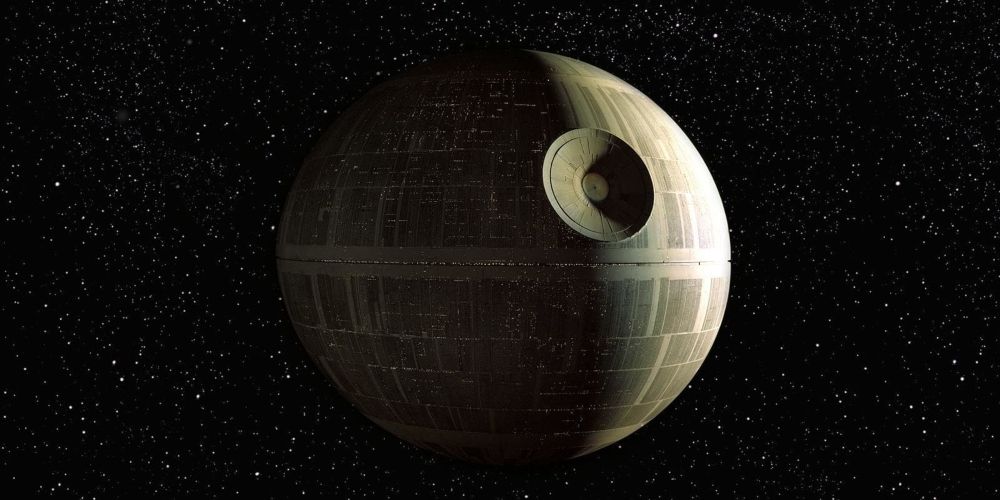
Ben Burtt is a name you will hear throughout this list as he is the man responsible for most of the Star Wars sound effects, what with him being the lead sound designer on the movies.
The Death Star is a massive space station (not a moon) filled to the brim with technology, so Burtt used pretty much every technological sound at his disposal to create the ambient noises in the backgrounds of those scenes. Using motors, weird electronic tones and loops of sound played forwards and backward through rhythm chambers, due to the sheer size of the vessel Burt found he could pretty much justify any interesting sound in the mix.
9 Pod Racers
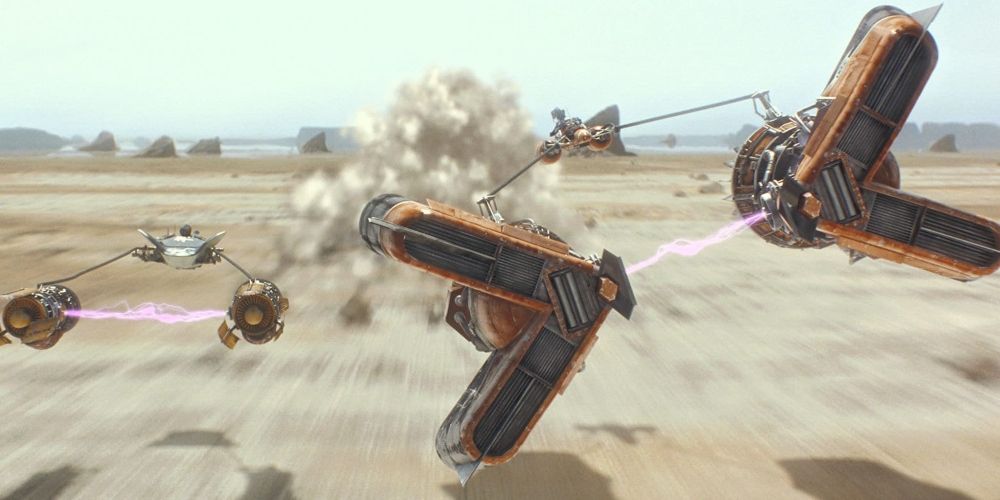
Some people have a lot of resentment towards the prequel trilogy, but we can almost all agree that the Pod Race was one of the more exciting sequences, at least on the first viewing.
To give each pod racer their own individual personality, Burt used the sounds of real preexisting fast cars such as Mustangs and Porsches, then used sound sympathizers and sound choppers to give them the sci-fi edge.
8 Tusken Raiders
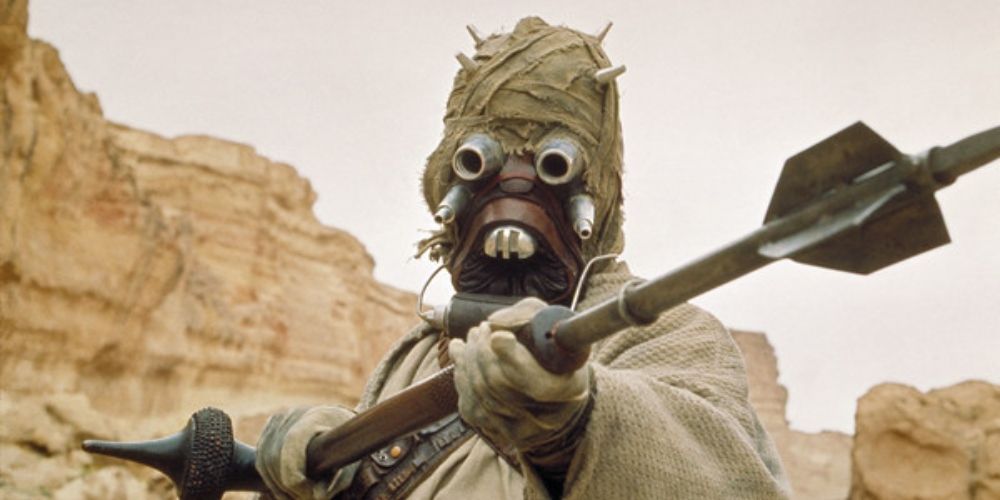
Tusken Raiders, desert marauders of the planet Tatooine, are quite a terrifying foe, especially when they first appeared attacking a young Luke Skywalker.
As well as their scary physical appearance, lensed eyes perturbing from a sand weathers, covered face, comes along a nightmare-inducing battle cry. So what created this haunting, nightmarish shriek? The sound of a braying donkey. Altered to various speeds and pitches. Suddenly those sand people don’t seem too scary at all, do they?
7 The Millennium Falcon’s Hyperdrive Failure
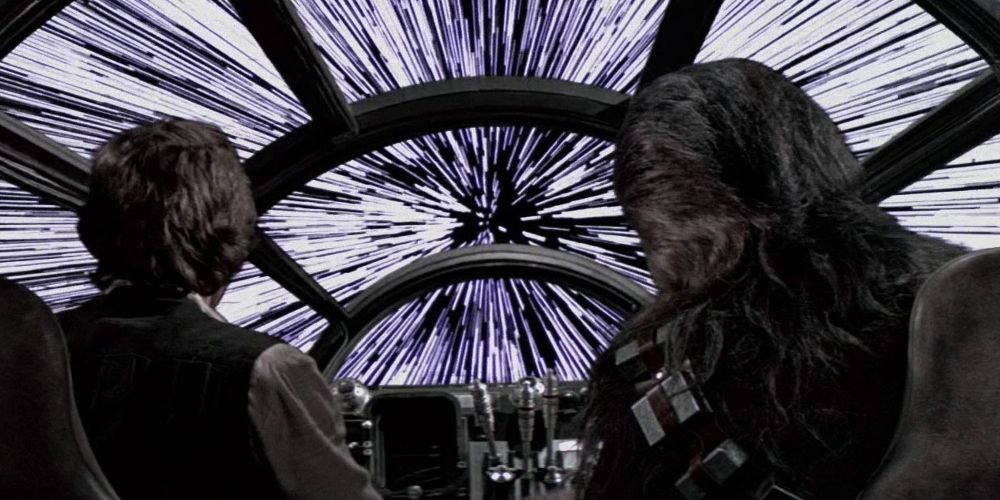
Being one of the most famous space crafts in all of science fiction, the Millennium Falcon’s certainly has its fair share of noises to choose from, such as laser cannons and co-pilot roars (which we will be looking at later in the list) but one of the more unique effects is that of the hyperdrive, more specifically its failure to launch.
If there is one reliable thing about the Falcon it's its lack of reliability, and the sad groans of the engines failing to leap into to light speed were made by a collection consisting of a dentist's air jet, a 1928 bi-plane, and arc light motor starting and stopping, the motor noise of a tanks gun turret and the sound of a broken sink in the studio's bathroom. What a piece of junk, indeed.
6 TIE Fighters
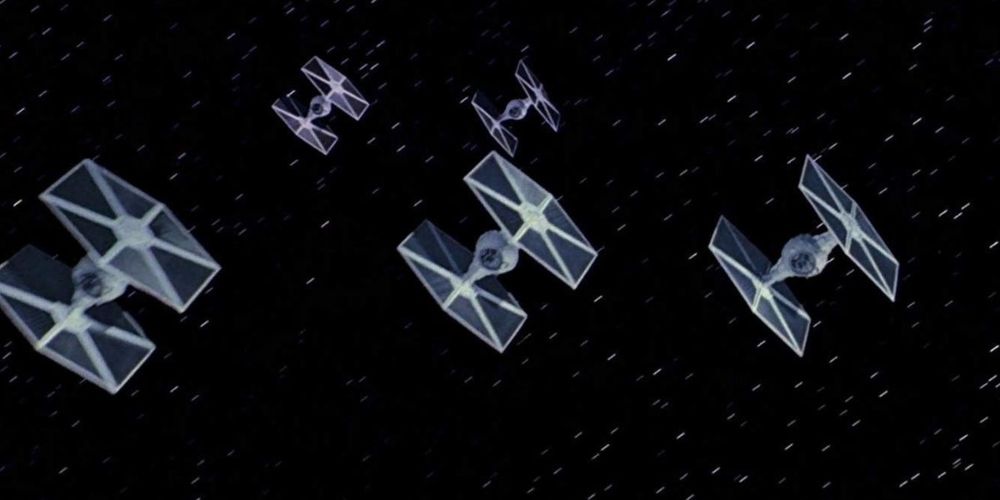
Another scary sound of the saga is the shriek of the villainous TIE-Fighters flying by. However, the noise of these machines was almost a happy accident, as Burtt was actually attending to use the noise for something else, most likely a laser weapon.
It was created by taking the noise of a screaming elephant, sampled from the 1958 Errol Flynn adventure movie Roots Of Heaven, and combining it with the “swoosh” of a car driving on wet pavement. Burtt said he gave the sound to the TIE Fighters because he had no other alternative, and when his colleagues flipped for it, it stayed in.
5 Blaster Shots
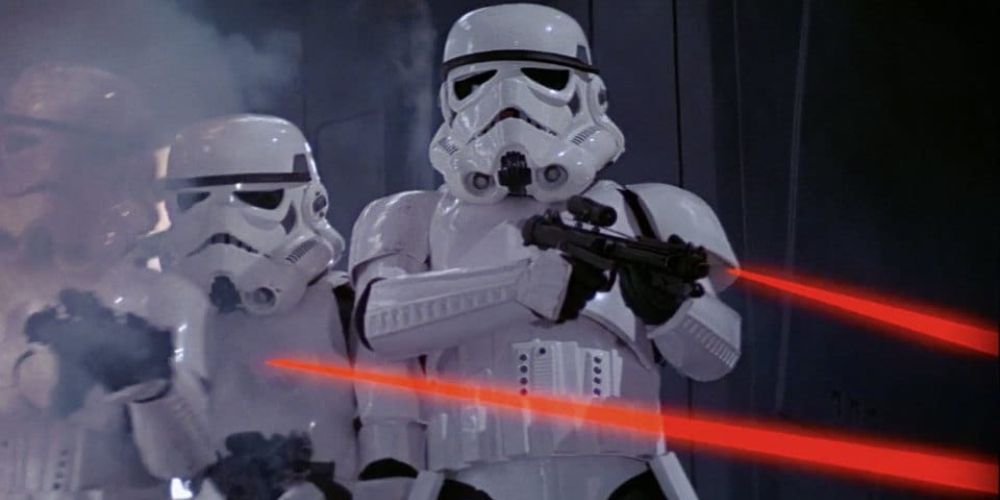
Blaster shots, gun turrets, and all the pew sounds fired from laser-based weapons all pretty much come from the same origin. Burtt was on a hike with his family and as he passed underneath the guide wires of a radio tower, he bumped into it and the wire made a twanging sound.
That principle became the bases for all the laser noises, bigger weapons like the Death Star reportedly used bigger coils, such as metal slinkies. Amazing what a well-timed strike to a children's toy can make, isn’t it?
4 Chewbacca’s Roar
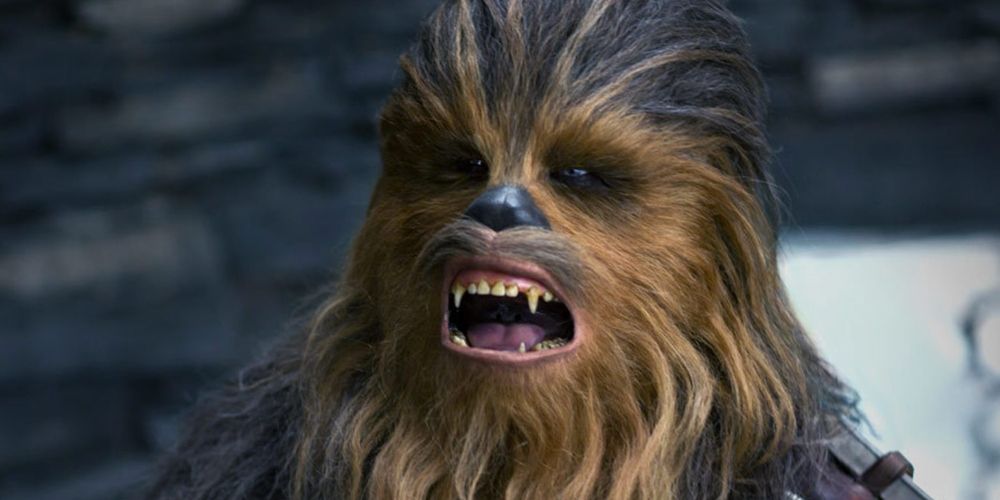
The challenge of creating a “voice” for Chewie is the fact that he didn’t have articulated lips, and so the noise had to seems authentic to its source.
There were many animals sampled for the roars and moans of everyone's favorite Wookie, including four bears, a badger, a lion, a seal, and a walrus from Long Beach who was sadly moaning because his pool had been emptied for cleaning. That last one is probably why we feel so much sympathy for what is essentially a giant dog man.
3 R2-D2
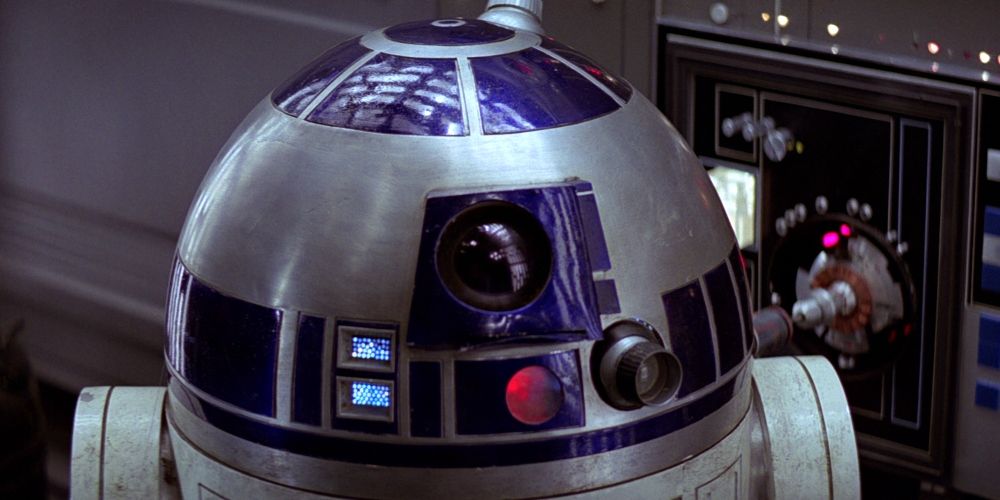
The trouble with creating R2-D2’s effects was that despite him being a non-humonoid robot, the little fella sure goes through a lot of emotions! He can be excited, scared, cautious, even screams when being shot at or flung into a Dagobah swamp! After originally attempting to create the noises with a sympathizer, Burtt found the sounds to be too electronic, so he tried something else.
2 Darth Vader
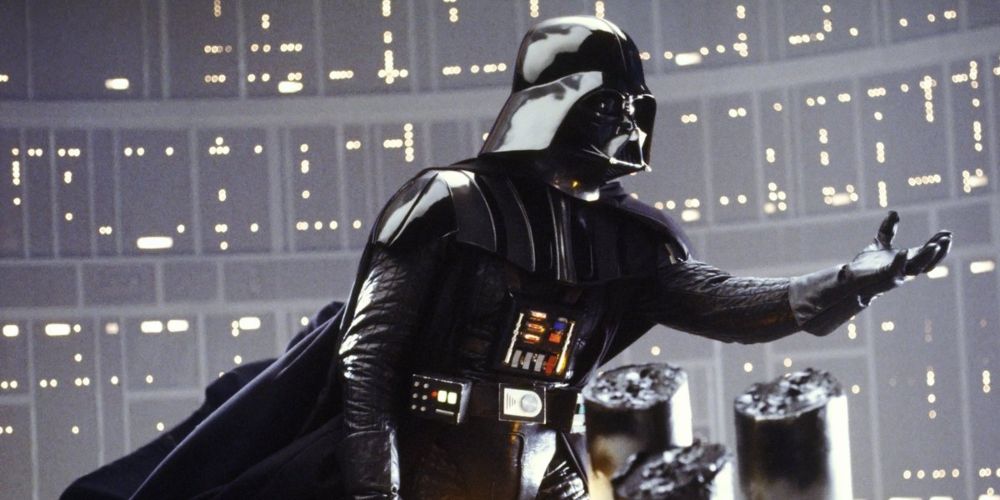
Darth Vader’s booming voice and breathing are often impersonated by children and childish grown-ups by placing a cup to their mouths and breathing heavily. Of course, Vader’s actual voice was recorded by James Earl Jones and manipulated to give it extra, bassy tones, but what of the breathing?
Scuba breathing apparatus. Simple as that. Burtt would place a microphone onto the deep-sea diving gear and just breathe into it in a variety of ways. So next time you're on holiday, and you go on an underwater swim, why not try to scare some fish into thinking you’re the dark lord of the Sith?
1 Lightsaber
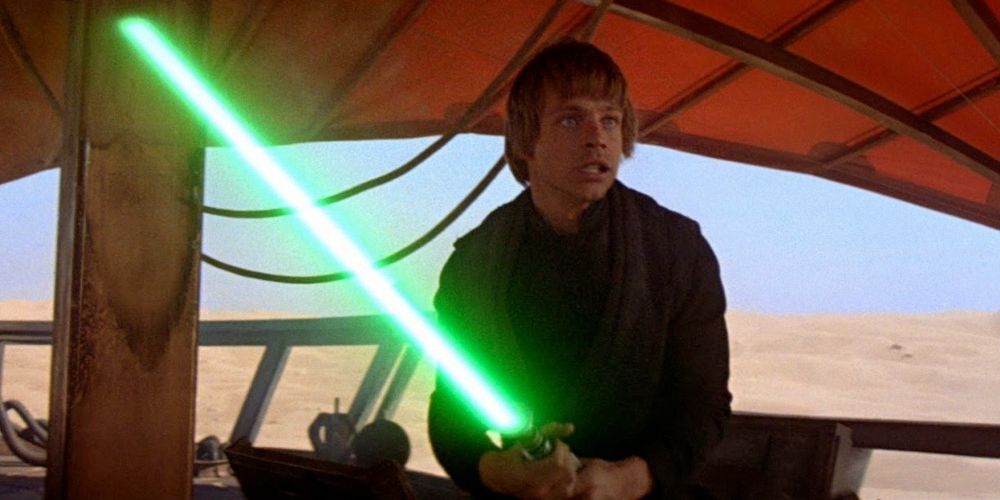
Finally, we have arguably the most famous sound in all of Star Wars, the laser sword! Not as clumsy as a metal spiral twang or an animal scream, it was a more civilized sound for a more civilized age.
Burtt had an idea of the sound he wanted to achieve from the very moment he saw the concept designs for the weapon. He used an old motor from a projector in the USC Cinema Department and combined it with some other elements to give the legendary hum. The method has apparently not changed much over the years, and there is nice poetry that something that used to display films went on to help create one of the most important films of all time.
from ScreenRant - Feed https://ift.tt/33L1IvO





No comments: